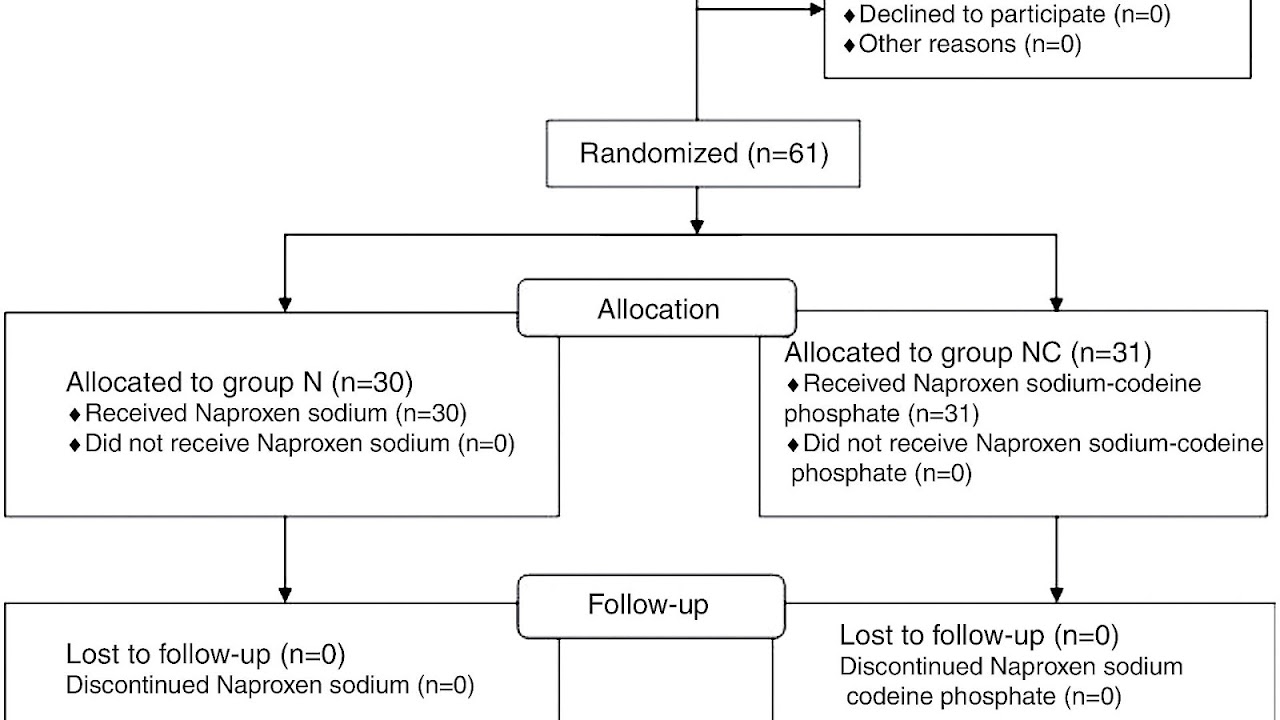
Naproxen (brand names: Aleve, Naprosyn, and many others) is a nonsteroidal anti-inflammatory drug (NSAID) of the propionic acid class (the same class as ibuprofen) that relieves pain, fever, swelling, and stiffness. It is a nonselective COX inhibitor, usually sold as the sodium salt.
Naproxen poses an intermediate risk of stomach ulcers compared to ibuprofen, which is low-risk, and indometacin, which is high-risk. To reduce stomach ulceration risk, it is often combined with a proton-pump inhibitor (a medication that reduces stomach acid production) during long-term treatment of those with pre-existing stomach ulcers or a history of developing stomach ulcers while on NSAIDs.

Maps, Directions, and Place Reviews
Medical uses
Naproxen is commonly used to reduce pain, fever, inflammation, and stiffness caused by conditions such as migraine, osteoarthritis, kidney stones, rheumatoid arthritis, psoriatic arthritis, gout, ankylosing spondylitis, menstrual cramps, tendinitis, and bursitis. It is also used to treat primary dysmenorrhea.
Naproxen is used as a "bridge therapy" in medication-overuse headache to transition patients off of other medications.
Diagnostics
Naproxen has been used to differentiate between infectious fevers and neoplastic or connective tissue disease-related fevers.
Naproxen Effects Video
Adverse effects
Naproxen should be taken orally with food to decrease the risk of gastrointestinal side effects. Common adverse effects include dizziness, drowsiness, headache, rash, bruising, and gastrointestinal upset.
In the US, naproxen is sold with boxed warnings about the risk of cardiovascular events and gastrointestinal ulceration or bleeding.
COX-2 selective and nonselective NSAIDs have been linked to increases in the number of serious and potentially fatal cardiovascular events, such as myocardial infarctions and strokes. Naproxen is, however, associated with the smallest overall cardiovascular risks. Cardiovascular risk must be considered when prescribing any nonsteroidal anti-inflammatory drug. The drug had roughly 50% of the associated risk of stroke compared to ibuprofen, and was also associated with a reduced number of myocardial infarctions compared to control groups. As with other non-COX-2 selective NSAIDs, naproxen can cause gastrointestinal problems, such as heartburn, constipation, diarrhea, ulcers and stomach bleeding. Persons with a history of ulcers or inflammatory bowel disease should consult a doctor before taking naproxen.
A study found that high-dose naproxen induced near-complete suppression of platelet thromboxane throughout the dosing interval and appeared not to increase cardiovascular disease (CVD) risk, whereas other non-aspirin high-dose NSAID regimens had only transient effects on platelet COX-1 and were associated with a small but definite vascular hazard. Conversely, naproxen was associated with higher rates of upper gastrointestinal bleeding complications compared to other NSAIDs.
Interactions
Naproxen should not be taken with antidepressants, lithium, methotrexate, probenecid, a blood thinner, heart or blood pressure medications, including diuretics or steroid medicine (such as prednisone).
NSAID painkillers such as naproxen may interfere with and reduce the efficacy of SSRI antidepressants.

Pharmacology
Mechanism of action
Naproxen works by reversibly inhibiting both the COX-1 and COX-2 enzymes as a non-selective coxib. This results in the inhibition of prostaglandin precursors.
Metabolism
Naproxen is a minor substrate of CYP1A2 and CYP2C9. It is extensively metabolized in the liver to 6-0-desmethyl naproxen and the parent drug and the desmethyl metabolite undergo further metabolism to their respective acylglucuronide conjugated metabolites.
Small amounts of naproxen are excreted in breast milk.

Compound information
Naproxen is a member of the 2-arylpropionic acid (profen) family of NSAIDs. The free acid is an odorless, white to off-white crystalline substance. It is lipid-soluble and practically insoluble in water. It has a melting point of 152-155 °C.

Marketing and brand names
Naproxen and naproxen sodium are marketed under various brand names, including: Aleve, Accord, Anaprox, Antalgin, Apranax, Feminax Ultra, Flanax, Inza, Midol Extended Relief, Nalgesin, Naposin, Naprelan, Naprogesic, Naprosyn, Narocin, Pronaxen, Proxen, Soproxen, Synflex, MotriMax, and Xenobid. It is also available bundled with esomeprazole magnesium in delayed release tablets under the brand name Vimovo.
Access restrictions
Syntex first marketed naproxen in 1976 as the prescription drug Naprosyn. They first marketed naproxen sodium under the brand name Anaprox in 1980. It remains a prescription-only drug in much of the world. In the United States, the Food and Drug Administration (FDA) approved it as an over-the-counter (OTC) drug in 1994. OTC preparations in the U.S. are mainly marketed by Bayer HealthCare under the brand name Aleve and generic store brand formulations in 220 mg tablets. In Australia, packets of 275 mg tablets of naproxen sodium are Schedule 2 pharmacy medicines, with a maximum daily dose of five tablets or 1375 mg. In the United Kingdom, 250 mg tablets of naproxen were approved for OTC sale under the brand name Feminax Ultra in 2008, for the treatment of primary dysmenorrhoea in women aged 15 to 50. In the Netherlands, 220 mg and 275 mg tablets are available OTC in drugstores, 550 mg is OTC only at pharmacies. Aleve became available over-the-counter in most provinces in Canada on 14 July 2009, but not British Columbia, Quebec or Newfoundland and Labrador; it subsequently became available OTC in British Columbia in January 2010.
Research
Naproxen may have anti-viral activity against influenza. Specifically, it blocks the RNA-binding groove of the nucleoprotein of the virus, preventing formation of the ribonucleoprotein complex--thus taking the viral nucleoproteins out of circulation.
Use in horses
Naproxen is given orally to horses at a dose of 10 mg/kg, and has shown to have a wide safety margin (no toxicity when given at 3-times the recommended dose of 42 days). It is more effective for myositis than the commonly used NSAID phenylbutazone, and has shown especially good results for treatment of equine exertional rhabdomyolysis, but is less commonly used for musculoskeletal disease.
Synthesis
Naproxen has been industrially produced by Syntex starting from 2-naphthol as follows:
Source of the article : Wikipedia


EmoticonEmoticon